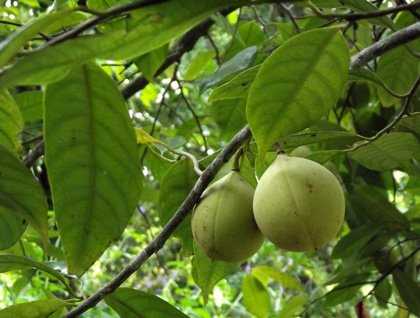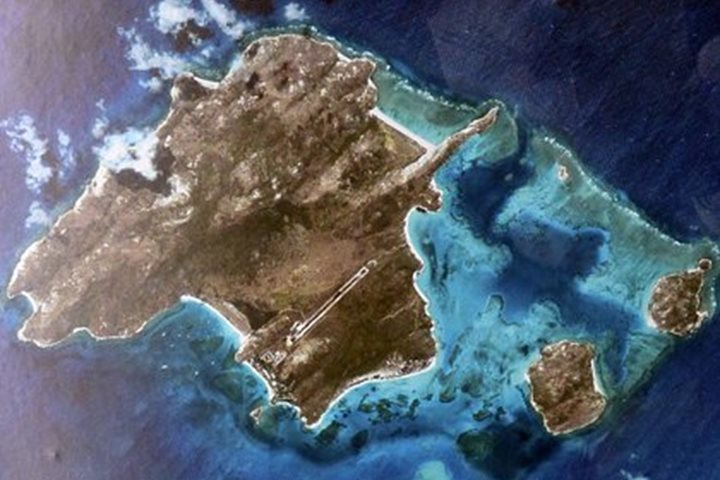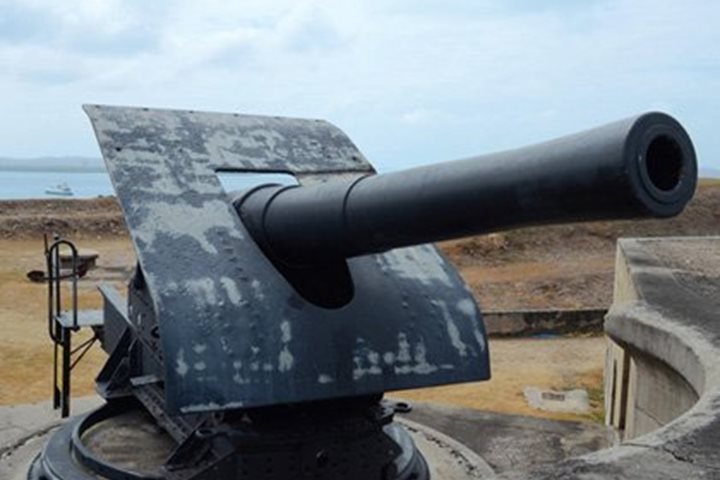We entered into the flooded Banda Caldera in the early morning before breakfast, and everyone immediately noticed how lush and green the islands here are, especially compared to the Lesser Sunda Islands where we had been previously. Our vessel was escorted into the wharf by one of the spectacular Kora Koras, the Bandanese version of a dragon boat. It was interesting to see (and hear) that the paddling cadence was maintained by bronze gongs, rather than the more familiar leather-covered drums. It was quite melodious and pleasant. We were then welcomed to the historic old town by a troupe of beautiful young ladies performing a dance, accompanied by the ever-present gongs, on the wharf alongside our ship.
The rest of the morning was spent exploring the very photogenic colonial township. It was easy to discern that this place was quite resplendent in centuries past, but today many of the beautiful buildings are in disrepair and crumbling abandonment. The locals probably don’t have much desire to maintain and utilize buildings that hold such bad memories of the violent and oppressive regime that once controlled the lucrative spice trade in nutmeg and mace that was centered on these Banda Islands. We walked through the town market, where we encountered plenty of nutmeg and mace spices for sale, as well as other sundry objects of interest, such as Chinese porcelains, Dutch East Indies (VOC) coins, jewelry, antique weapons, tools associated with the spice trade, etc. Walking around the town provided plenty of opportunities for imaginative photography as we visited the old Dutch Protestant Church, the Government House, the ruins of Fort Nassau down by the waterfront, Fort Belgica high on the hill overlooking the harbor, and the Banda Museum. For many of us, however, the highlight was walking into a nutmeg grove and seeing the attractive trees loaded with nutmeg fruits ready for harvest.
We had to remind ourselves that this tiny group of islands are the mystical “Spice Islands” that provided much of the impetus for the Age of Exploration, which began in the late 15th century. Portuguese, Spanish, Dutch, British, and French explorers all tried to establish trade routes and partnerships with the producers of spices here in the East Indies. Black pepper, ginger, cardamom, cinnamon, and saffron came from southern Asia, but the most valuable spices of all at that time were nutmeg and clove…and, both were found only on tiny islands here in the Moluccas. The nutmeg tree (Myristica fragrans) evolved in Banda and was found nowhere else in the world. Eventually, in the middle 17th century, the Dutch were triumphant and dominated the production and traffic in nutmeg for nearly two centuries. The events that occurred here in Banda make it an important place in the history of the world. It is almost inconceivable to us now that the control of this spice trade led to warfare, international maneuvering, political intrigue, murder, treachery, and vast fortunes made and lost over several centuries. But, consider the fact that before the age of refrigeration and proper, hygienic techniques of canning and pickling foods, spices were necessary to make foods palatable and safe to ingest. The anti-microbial aspects of spices also made them important medicines, not to mention valuable items in some religious rituals.
The afternoon was devoted to water activities at the outside edge of the Banda Caldera. The SCUBA divers, snorkelers, and glass-bottom Zodiac partakers all enjoyed crystal clear water, beautiful corals, and vast numbers of fish (especially pyramid butterflyfish, red-toothed triggerfish, and various fusiliers) swimming along the slope of the dropoff. It is interesting to note that the dominant corals here, as well as some of the fishes, were different from what we saw in the Lesser Sunda Islands.







